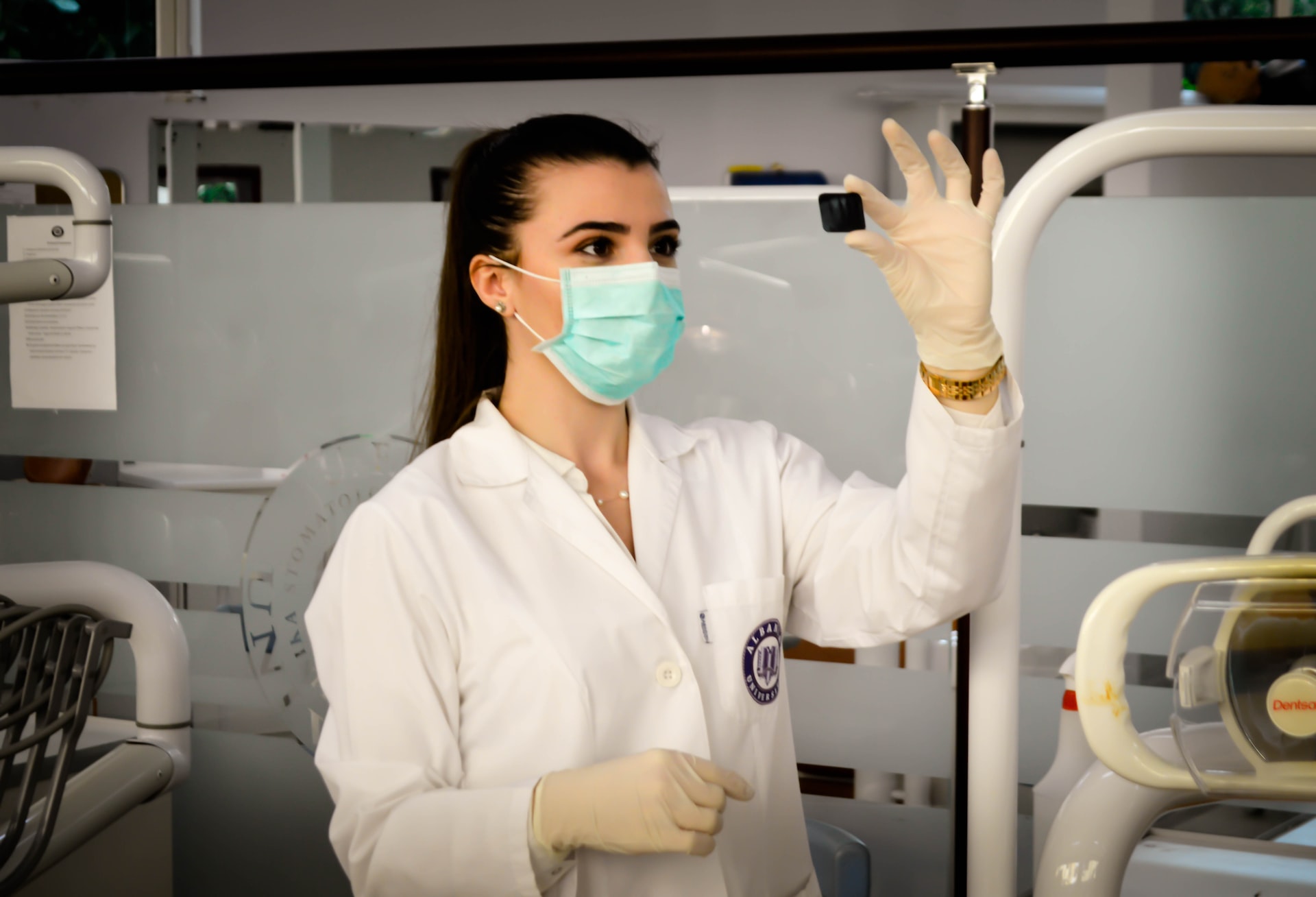Five Ways Wearables Will Transform Healthcare In 2023 & Beyond

Wearable technology has come a long way since its inception and is continuing to advance rapidly. With the rise of connected devices, the healthcare industry is also seeing a transformation in the way it operates.
Improved Patient Monitoring
Wearable technology has made it possible to monitor patients in real-time, which is a significant step forward in the healthcare industry. With wearable devices like fitness trackers, smartwatches, and health monitors, patients can keep track of their health and share the information with their healthcare providers. This allows healthcare providers to make more informed decisions about patient care and treatment.
Increased Access to Healthcare Services
Wearable technology is also making healthcare services more accessible to patients. With devices like telemedicine devices and remote patient monitoring devices, patients can receive healthcare services from the comfort of their own homes. This not only saves patients time and money, but it also reduces the burden on healthcare providers and the healthcare system as a whole.
Better Chronic Disease Management
Wearable technology is particularly beneficial for those with chronic conditions like diabetes, heart disease, and hypertension. Wearable devices can help patients manage these conditions by monitoring their health, providing reminders to take medication, and tracking progress over time. This leads to better health outcomes and improved quality of life for patients with chronic conditions.
Early Detection of Health Issues
Wearable technology can also help detect health issues before they become more serious. For example, wearable devices can detect early signs of heart disease, such as elevated heart rate or changes in rhythm, and alert healthcare providers so they can take action. This can help prevent serious health issues and save lives.
Personalized Healthcare
Wearable technology also has the potential to provide personalized healthcare. With wearable devices that track personal health data, healthcare providers can tailor treatment and care plans to each individual patient based on their unique needs and health conditions. This leads to improved health outcomes and a better overall healthcare experience for patients.
Conclusion
Wearable technology has the potential to revolutionize the healthcare industry in 2023 and beyond. With improved patient monitoring, increased access to healthcare services, better chronic disease management, early detection of health issues, and personalized healthcare, wearables are transforming the way healthcare is delivered and received. It is an exciting time for the healthcare industry, and we can expect to see even more advances in wearable technology in the coming years.





